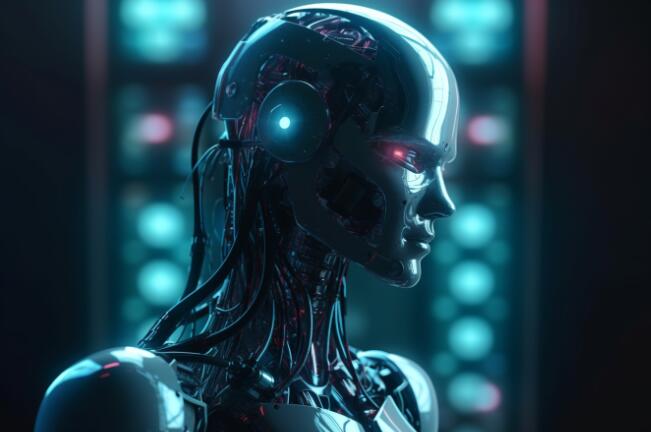Recent studies have revealed that while artificial intelligence excels in processing static images, it exhibits significant differences when dealing with dynamic facial expressions. The issue arises from the superiority of deep convolutional neural networks in handling static images, which is comparatively lacking in dynamic expression processing. It is recommended that AI developers construct algorithms based on real-life stimuli to more accurately simulate how the human brain processes dynamic facial expressions. Current AI designs fail to encompass the complex cognitive processes of the human brain in interpreting facial information, such as inferring mental states, friendliness, and trustworthiness.
There Are Gaps in Artificial Intelligence for Dynamic Facial Expression Recognition
站长之家
This article is from AIbase Daily
Welcome to the [AI Daily] column! This is your daily guide to exploring the world of artificial intelligence. Every day, we present you with hot topics in the AI field, focusing on developers, helping you understand technical trends, and learning about innovative AI product applications.










